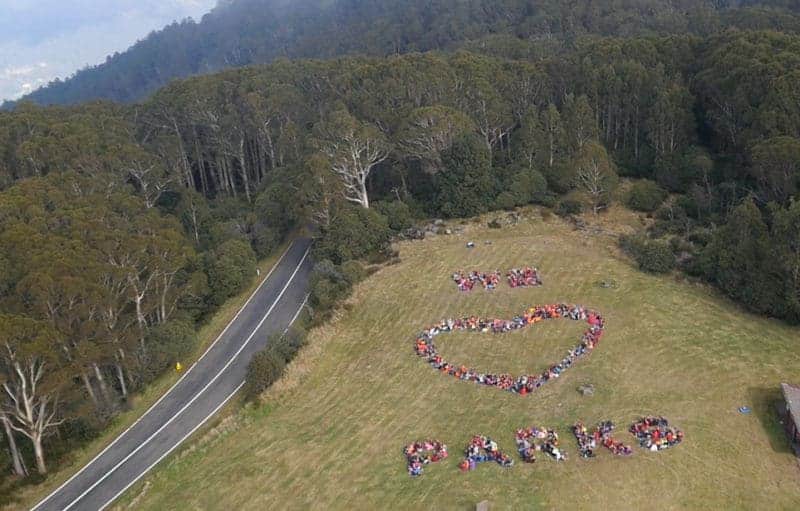PARK WATCH June 2018 |
The Department of Environment’s reporting on its fuel management program is far from adequate, says Phil Ingamells.
There are few things more important for a government department to report on than public safety. And you might expect a department charged with protecting Victoria’s natural heritage to be frank about that too.
However, in each of the Department of Environment, Land, Water and Planning’s (DELWP) annual Fuel Management Reports since 2013, it has fallen short on both counts. The reports are required by a Victorian Bushfires Royal Commission recommendation, and by the department’s own Code of Fire Practice.
Protecting human life
The Code and the Royal Commission are clear that protecting human life is the prime objective of fire management, but the department’s reporting on this subject is surprisingly brief – just one diagram (reproduced here) and less than a page of text.
The diagram shows total area burnt (planned and unplanned) each year since 1980, and gives an estimate of something called ‘residual risk’ since that time. But does it really show that?
- The diagram is based on modelling using Phoenix RapidFire, the department’s bushfire simulation program. But we don’t know if the estimated risk reduction applies in the most severe fire weather, when risk is greatest.
- The apparent accuracy of the line in the graph suggests the risk measure is precise, but assessing risk is a rough process at best, and the method has never been peer reviewed.
- No comparison is made to other risk mitigation measures, such as control of ignition points or private fire shelters, so we don’t know if the public’s money is well invested. (Should some of the $108 million spent annually on fuel reduction be allocated to private shelter subsidies, for example?)
Protecting the environment
While saving lives is the highest priority, looking after our great natural heritage is by no means a low one. State and federal laws, and an international treaty, make the department’s environmental obligations clear. But DELWP is less than clear when reporting on the impacts of fuel management.
Two reporting measures are used:
- How much of the state’s vegetation is burnt below the ‘minimum tolerable fire interval’ (the point at which repeated fire is harmful).
- How much of the state has a suitable ‘growth stage structure’. A broad range of ages since fire can provide the largest range of habitat structures.
However, there is no reporting on how these age class assessments apply to listed threatened vegetation communities. There is no assessment of the decline in tree hollows, despite a vast and unprecedented program of tree clearing.
And there is no assessment of the decline in hollow logs on the ground, despite their critical importance for small mammals. Hollow logs, once gone, can take a hundred years or more to be replaced.
Fire has long been part of the Australian bush, both naturally and through Indigenous burning. It’s a complex story.
But given unprecedented levels of fire across the state in recent decades, the community deserves a far more revealing annual report.
